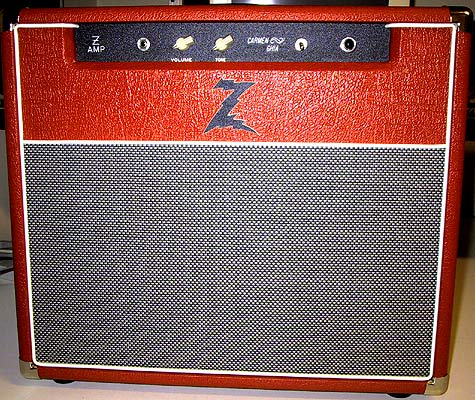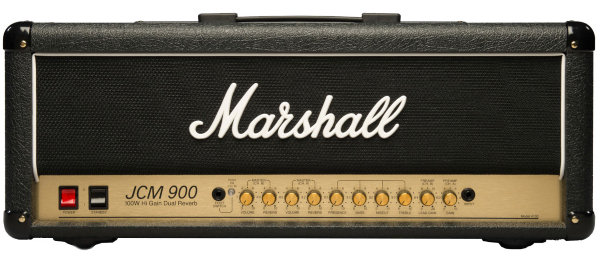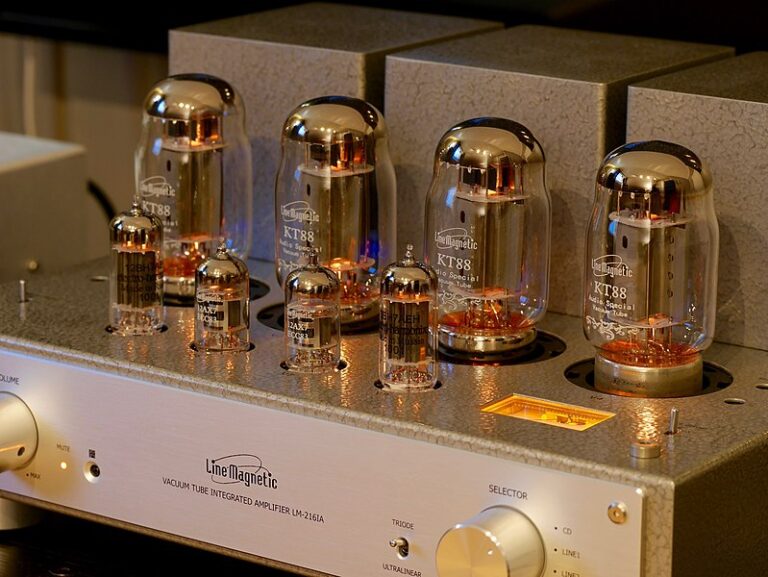Reissue versus the original amps
In the above “article”, there may be the misconception (or from some of my two forum’s comments), that I was saying that the reissue amps can “be” every bit the same as the originals. This is not the case in many ways. It had also been pointed out that true PTP does not have minute capacitance issues that would be the same as a tagboard amp as an example. On this second point, the tagboard issue, one needs to remember, that guitar amps are a different breed than audio amps.
Audio amps attempt in design, to be “flat” and not color the sound over the intended frequency range. In guitar amps, they have coloration. This is why we love them and prefer one over another. The construction and components are a part of this sonic area.
When comparing an original amp like a Fender Super Reverb with its original, it is easy to make an observation if we compare to cars as one example.
The original and reissue of the amps can be made to sound very much the same when recording. This is different than actual playing. Like a car, if a BMW M5 is shown in a movie, it is still a car we recognize, whether filmed in 35mm, or on videotape. Same car, the same color, and same driving direction. If we sit in the back seat of the actual car, it is also different than the experience of actually driving the car. It is much the same with guitar amps and playing.

If one plugs something like a POD, and we plug into a mixer with a CD of a known artist where we can play along, we can dial up the “same” amp as was used, play the same riff, and it sounds the same or at least very close to another typical listener (maybe not a player themself). The reissue amp can be made to sound close, or even “better” than a lot of the original amps. Part of this is because the original amps in many cases have not been maintained.
If we take an original and set it up properly, now we can do a more accurate test. The amps will generally have the same general sound, but the player reaction and touch dynamics will be different.
There are many reasons for this. Some of these reasons are things like transformers in the originals (their material, interleaving, voltages), capacitors, and resistors. In the case of even a simple item like a resistor, the original amps used carbon composition resistors rather than the metal film resistors of today.
The carbon comps are not as stable, and as they get warmer, their value changes. This makes them more musical to many folks’ tastes. The top makers of some amps like the Fender Tweed style of people like Mark Baier of Victoria, only use items such as CC resistors, the proper caps, transformers, and construction methods and materials.
Most reproductions or reissues from the original maker though, use metal film resistors, different caps, and in many cases, circuit boards. The amps may sound similar, but will “drive” very differently.

Part of the joy in music that is not in the realm of the non-player is the vast dimension of the playing of the instrument and the interaction of the instrument with the player in touch dynamics and countless additional areas. If you want to just lay down a track that sounds like the original, then many amps or virtual amps are available.
In a live application, the differences become more of a factor, and if a player, has an even stronger set of issues. You don’t have to be some “monster” player either. In fact, at times, the “better” or more articulate the amp, the better one may sound. Hit an “A” note on one of the upper strings while sitting right next to an amp. It should be at a lower level.
Conclusion
Try to observe, where the note or sound is sitting on the face of the speaker cone in your mind. As the note decays, does it sit in the same spot or “swirl” around the speaker cone to various areas around and more and less toward the center? If it moves, you have an articulate amp, or perhaps a good speaker, a matched output section, and great tubes perhaps. This is just a part of the difference that you will see happen more often in the original amps or the amps from some of the great makers.







